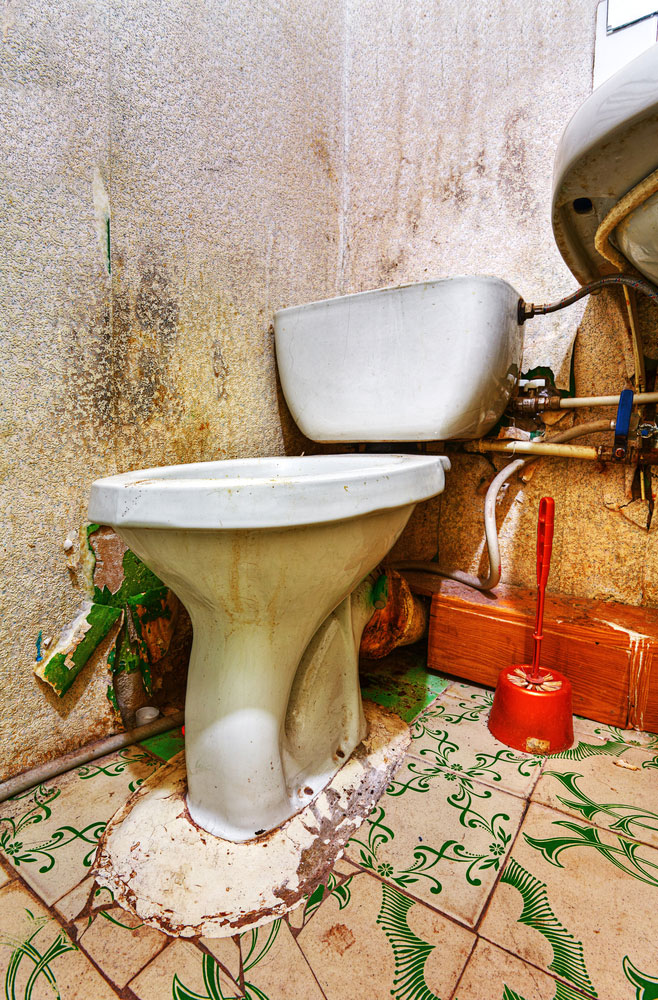Exactly how to Prevent a Water Damaged Bathroom
Exactly how to Prevent a Water Damaged Bathroom
Blog Article
They are making several great observations related to Preventing Water Damage in the Bathroom as a whole in this content in the next paragraphs.

The shower room is extremely prone for moist build-up and also potential water damage as a result of the frequent use of water in it. This write-up provides basic inspection methods to aid spotting water damages threats.
The frequent use of water in the washroom makes it extremely prone for damp buildup and prospective water damage. By checking it regularly, you can decrease water associated problems.
The following collection of examinations is easy to carry out as well as need to be done when in every 3 months in order to maintain your restroom in good shape and also to avoid possible water damages triggered by the bath tub, the shower, pipe joints as well as plumbing, sinks, cabinets, as well as the commode
Do not neglect carrying out these assessments and also be thorough while doing them. Remember that these straightforward inspections can save you a great deal of cash by providing early indications for water damage
Tub and also Shower
The shower and also bathtub require special interest and also upkeep. Check the tiles and replace if split. See to it that there is no missing out on grout between the tiles. Examine as well as change split caulking at joints where the wall surfaces fulfill the flooring or the bathtub. Clogged drains and pipes issues will avoid the tub from drying out as well as might show severe troubles under the bath tub. Seek advice from a specialist immediately to prevent structural damage. Pay attention to discolorations or soft areas around the bathtub walls as they might show an inner leakage.
Plumbing
Signs for water damages are tough to find given that the majority of pipelines are set up inside the wall surfaces.
Pay special attention to flooring and wall surfaces dampness and also discolorations as they might suggest an unnoticeable plumbing problem. Check moisture degrees in adjacent spaces also.
Sinks and Cabinets
Sinks and cabinets are revealed to dampness as well as humidity daily and also are usually ignored. Check frequently under the sink and on the countertop over it. Fix any type of drip in the trap as it might recommend drain problems. Check out the sink, slow-moving draining pipes may show an obstructed drain. Replace sink seals if they are fractured or loosened.
The Toilet
The toilet is an at risk water junction. Check the water lines and also look for leaks around the commode seat, in the pipe, and under the water container. If you find any type of signs of dampness on the floor around the toilet, look for leaks in the toilet edge as well as tank seals.
Realize that hanging bathroom bowl antiperspirants enhances the opportunities for blockages.
How to Prevent Water Damage in Your Bathroom?
Water damage repair is an expensive, meticulous, and lengthy process. Unfortunately, bathrooms are the most susceptible rooms to water damage due to toilets, showers, and sinks. Pipes and fixtures wear out over time and are not immune to damage. But all is not lost, as there are ways to prevent water damage from occurring in your bathroom.
Check Your Plumbing
Nothing lasts forever, especially pipes, which can rust and begin leaking over time. You should periodically conduct pipe inspections and pay attention for any musty smells or water stains that may indicate you need water damage repair. Here are some things to check:
Frequently test valves for your toilet, shower, and sink to ensure they are properly working. Check faucet supply lines hidden under vanities and replace when needed. Replace cracked or deteriorating caulking along sinks, tubs, and showers. If you notice a clog in your sink, call in a professional. Since you can’t check the pipes in the wall, keep an eye out for stains, drywall bubbling, musty smells, and excess moisture; if the bathroom is on a second level, check the ceiling of the room directly below for these signs. Don’t Overwork Your Toilet
One of the most common reasons bathrooms need water damage repair is due to overflowing toilets. Save yourself the hassle of cleanup by being mindful and not pushing your toilet to extreme limits. If you have young children, it is especially important to keep an eye on them when they are in the bathroom and to teach them how to avoid clogging the toilet. Here are some more tips to help prevent your toilet from overflowing:
If you have a septic tank, only use septic-safe toilet paper Do not flush anything down the toilet besides toilet paper; items like diapers and sanitary napkins will clog the piping Pay attention to your toilet’s water level: If it’s low, it could mean it is partially clogged or that there is a crack in the toilet bowl Maintain Your Shower/Tub
Replace showers or tubs with cracks or other damage; even hairline cracks can allow water to seep in and cause damage. Grout and caulk help prevent water from seeping into walls and floors, so repair them if they are chipped, cracked, or deteriorating. Replace torn shower curtains or shower doors with seals that no longer work. Dry the floor and drain water from the tub immediately after use to prevent damage from sitting water. https://www.alure.com/home-improvements-blog/resources/how-to-prevent-water-damage-in-your-bathroom

I was shown that article about Looking for Signs of Water Damage in the Bathroom through someone on our other website. If you enjoyed our page kindly be sure to share it. Many thanks for your time. Kindly pay a visit to our website back soon.
Request Free Estimate Report this page